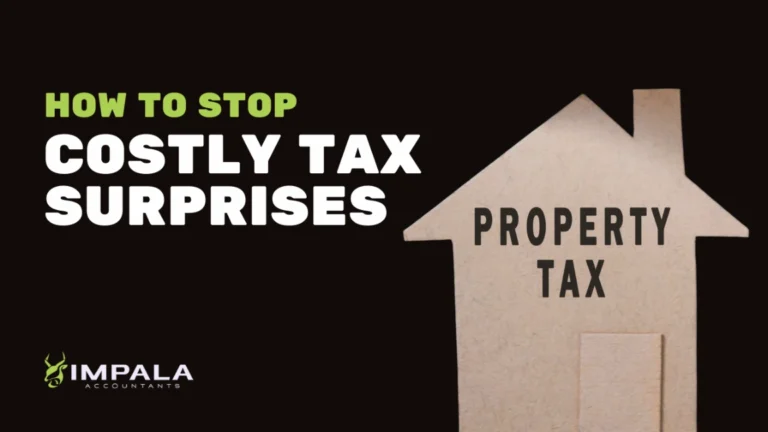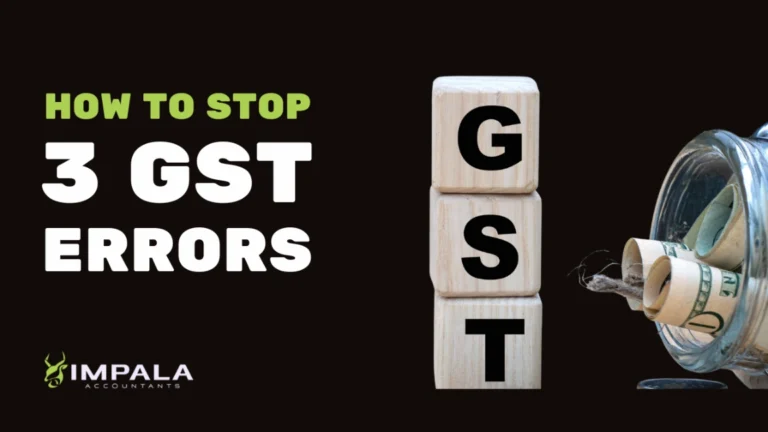How a Dream Home Can Trigger a Hidden Tax Trap
Picture this: You’ve finally secured your dream property—an idyllic home sprawled across a vast block of land, perhaps a tranquil rural retreat or an expansive lifestyle lot dancing on the city’s edge. For many Australians, this is the epitome of freedom and space. Room to breathe. Waking up to rolling paddocks and an endless sky. It all feels perfect—until the day comes to sell, and a tax trap you never saw coming threatens to take a bite out of your well-earned reward.
Why Capital Gains Tax on Homes with Large Land Matters
Hidden beneath the excitement of property ownership, there’s a common misconception: that the family home, as long as it’s never been rented out or used to earn income, is always sold tax-free. It’s reassuring—but it’s not always reality. The Australian Taxation Office (ATO) has a clear-cut rule lurking in the fine print, and missing it could cost thousands, or even tens of thousands, when it’s finally time to move on.
Understanding the Two Hectare Capital Gains Tax Rule
This may sound surprising, but the ATO’s stance is simple and strict. When you sell your main residence in Australia, only two hectares of land qualify for the capital gains tax exemption. That’s about two and a half rugby fields—an easy mental image for anyone who’s lost count of fence lines. Any land beyond that size, no matter how closely tied to your home, falls outside the exemption and is, therefore, taxable on sale.
“If your block is larger than [two hectares]—even by a tiny amount—anything beyond two hectares is taxable when you sell. Doesn’t matter if you lived there the entire time, or never made a cent in rental or farming income from it. The A-T-O’s rule is crystal clear: only two hectares gets the tax-free treatment.”
A Cautionary Tale from Rural Victoria
The consequences of misunderstanding this rule are far from theoretical. One client in rural Victoria discovered this the hard way. They had always believed that, since their main home was their only home and they’d never rented it out, all the profit would be tax-free. The reality blindsided them: everything beyond the two-hectare limit was automatically subject to capital gains tax, even though that ‘extra’ land was only a small slice of the overall property. It was a costly wake-up call—one they hadn’t anticipated at all.
The Three Essential Facts for Large Landowners
- Know the Limit. Your exemption has a hard ceiling. Two hectares is all that qualifies for tax-free status, regardless of how much land your property holds. This is a non-negotiable part of the ATO’s approach to capital gains tax on homes with large land.
- You Control Which Two Hectares. There’s room for smart decisions here. You may select any two hectares to be exempt, as long as your house sits on part of that land. This flexibility allows some strategy: you’re not forced to pick a perfect square around the house. Clever selection could help minimise your ultimate tax bill.
- Solid Valuations Are Vital. For any ‘surplus’ land that falls outside the two-hectare limit, a good, independent valuation is indispensable. Often, excess land isn’t valued as highly as the prime ‘house block’, but you need proper evidence on file to validate any numbers if the ATO comes calling.
Applying the Rule: Step-by-Step Guidance
- Map Out Your Property. Identify precisely how much land is attached to your main home. If it exceeds two hectares, determine the boundaries of your chosen exempt area.
- Select the Strategic Two Hectares. Consider land value, future development prospects, and where your house is situated. You’re allowed to include any two hectares, but your home must be part of the selection.
- Obtain Independent Valuations. Request professional valuations for both the exempt two hectares and the remaining, non-exempt land. Document these thoroughly for your records.
- Store Your Evidence. Keep all documentation—maps, valuations, correspondence—secure and accessible. Should the ATO audit your calculation of capital gains tax on homes with large land, robust records are essential.
Turn Knowledge Into Savings
None of this is just academic. Knowing the two-hectare exemption rule—long before you put up the “For Sale” sign—could mean pocketing thousands more from your sale, or steering clear of a surprise ATO bill. It’s the difference between selling with confidence and being blindsided at settlement.
If you’re planning to sell a home with land over the two-hectare limit, don’t wait for the tax office to point out your oversight. Arm yourself with the facts, seek advice early, and prepare your paperwork with care. Want tailored help or have burning questions about capital gains tax on homes with large land? Book a Discovery Call with Ryu at impala tax dot com dot A-U slash discovery.




